|
|
Zetland Foundry, Loftus; initially owned by Robinson Brothers, then Tinsley & Sons and now used by Brough & Horner (proprietor Steve Whitlock). Still connected with iron working, this image taken about 30 years ago, over looking the allotment, the owner had a fine crop of potatoes that year. Margaret Atkinson adds: “My uncle used this in the 1950s, I remember helping him to bundle kindling; hated the job but that’s what family was about.”
Image Eric Johnson, thanks to Margaret Atkinson for that update.
These five views of Saltburn, are from a card posted in 1932. All of the views have changed over the years, none more so than the Pier; which is now a shorter version of it’s original length.
Image courtesy of Ken Johnson.
This coloured postcard of 1905, shows the upper harbour, many of the buildings and the dock itself have been demolished and altered out of recognition compared with modern photographs of the same scene. New Quay Road now runs through the Angel Hotel Vaults building on the quay side, and much of the dock was filled in and developed. Across the harbour, to the left of the now demolished St Michael’s Church, the wide slipway to the harbour was known as Alders Waste.
Image courtesy of Ken Johnson.
A hand coloured postcard of St Ann’s Staithe Whitby, compare it with the black and white postcard on the site. A Valentines series card, posted in 1905.
Image courtesy Ken Johnson.
A different viewpoint of Saltburn Valley gardens, also known as the ”Italian Gardens” The Bandstand and Halfpenny Bridge are prominent. The view is from a handcoloured postcard, posted in 1905. Katharine Broome tells us: ”In 1941 or early 1942, the bandstand was destroyed by a bomb. For it’s size and “usefulness”, Saltburn suffered much bombing in the early part of the war. The Infants School in Upleatham Street was destroyed one night.”
Image courtesy of Ken Johnson and thanks to Katharine Broome for the update.
Whitby West Cliff from across the harbour, the buildings on the Battery and along Pier Road have changed since this photograph was taken. Captain Cook’s statue is present above Khyber Pass but the Whalebones are missing. Sandsend and the cliffs are seen in the distance, from a postcard posted in 1931.
Image courtesy of Ken Johnson.
A coloured postcard of the Cliff Lift at Saltburn, replacing the orignal Vertical Lift in 1884; viewed from the Pier which was some 1,500 feet long at this date. The slender gas lamps on the pier look far too fragile for being exposed to the North Sea Storms.
”Talk of the Town” – Saltburn’s Free Monthly Magazine has further information regarding the lift: ”Birmingham businesses were involved in the provision of machinery and cables. Tangye Ltd representative was George Marks (later 1st Baron Marks of Woolwich) who was responsible for the design and construction of the railway. The railway began operating in June 1884 proving very reliable, safe and convenient. The Cliff Lift is the oldest operating water balanced system in Great Britain and continues to be very popular with visitors and locals. The original Otto Gas Engine was replaced with a DC Generator in 1913 and adapted to a mains supply in 1930. The track was re-laid to a slightly wider gauge during the winter of 1921/22. Saltburn and Marske Urban District Council purchased the railway in 1930.” Since then the Cliff Lift has been maintained by Langbaurgh Borough Council and latterly by Redcar & Cleveland Borough Council.
Image courtesy of Ken Johnson and additional information courtesy of Cath and Tony Lynn for ”Talk of the Town” Saltburn.
A hand painted postcard of Saltburn Valley Gardens, The bandstand is seen on the left; but the eye is drawn to the Saltburn Bridge. Built in 1869 by Gilkes Wilson of Middlesbrough, Callum Duff tells us: ”The official name for the bridge across the valley was simply, ‘Saltburn Bridge’. The local nickname for the structure became the ‘Ha’penny Bridge’ named after the toll for each pedestrian crossing it.”
Image courtesy of Ken Johnson and thanks to Callum Duff for the update.
This is one of 40 views given away free with Wood-Milne Shoeshiners at three shillings four and a half pence a tin; what a lovely peaceful scene. The boats in the foreground are square sterned cobles , and one double ender with lug sail hoisted; a larger schooner is tied up to the quay. Across the harbour is St Michael’s Church, other ancient buildings along the harbourside were all demolished, as was the Angel Vaults on Dock End.
Image courtesy of Joyce Dobson.
An atmospheric hand coloured postcard view of Whitby harbour. The two craft on the left appear to be ketch rigged fishing yawls, with two lug sailed cobles further up harbour. The information with the card states Whitby Regatta 19th August 1925.
Image courtesy of Ken Johnson.
|
|
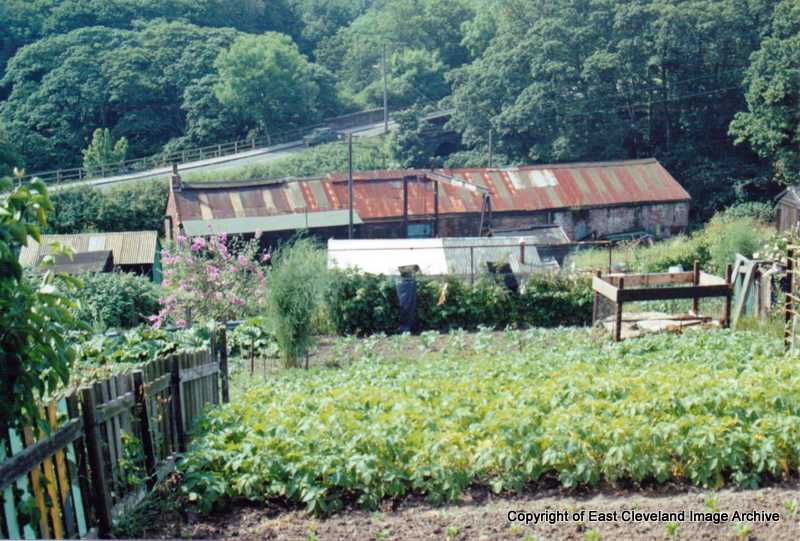
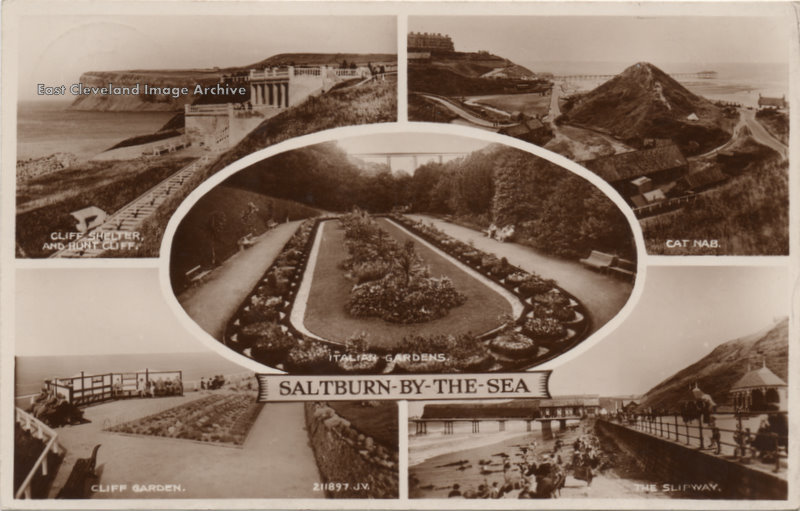
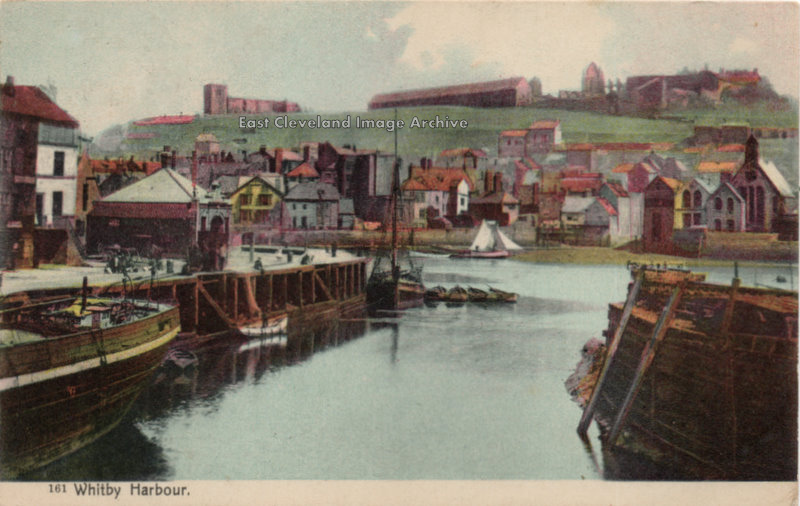
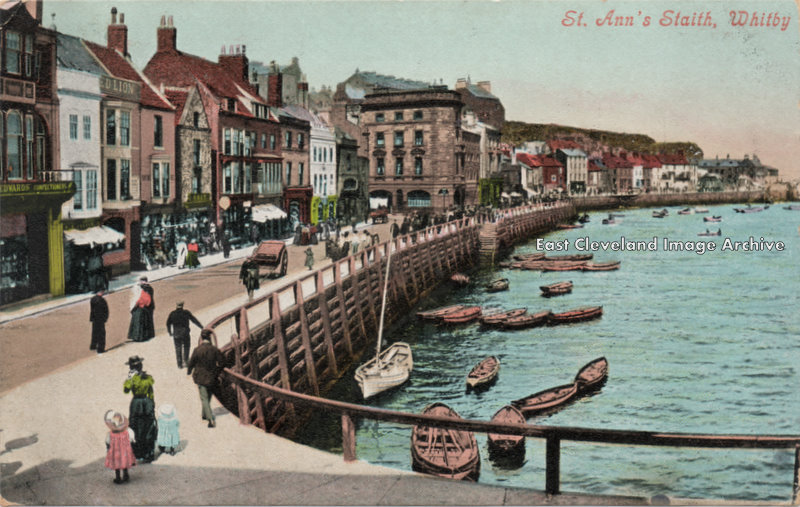
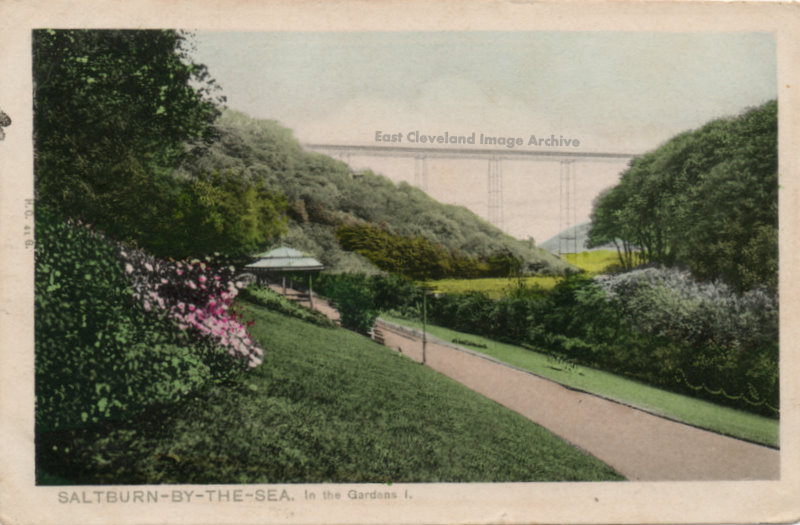
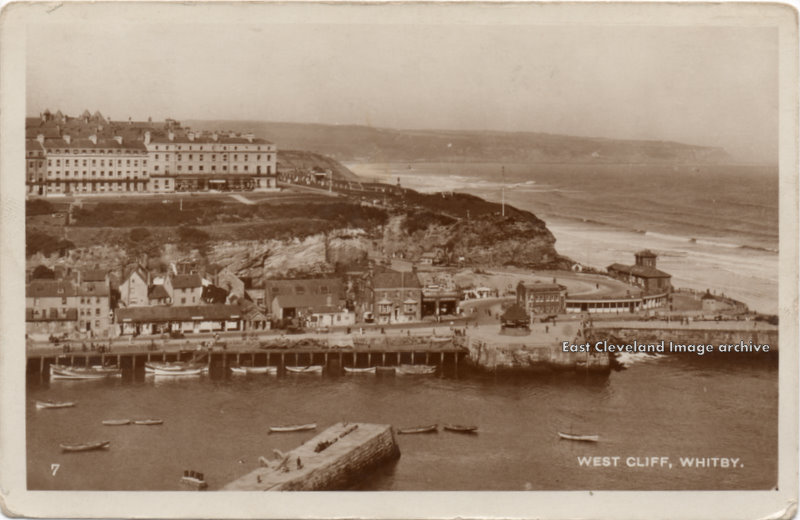
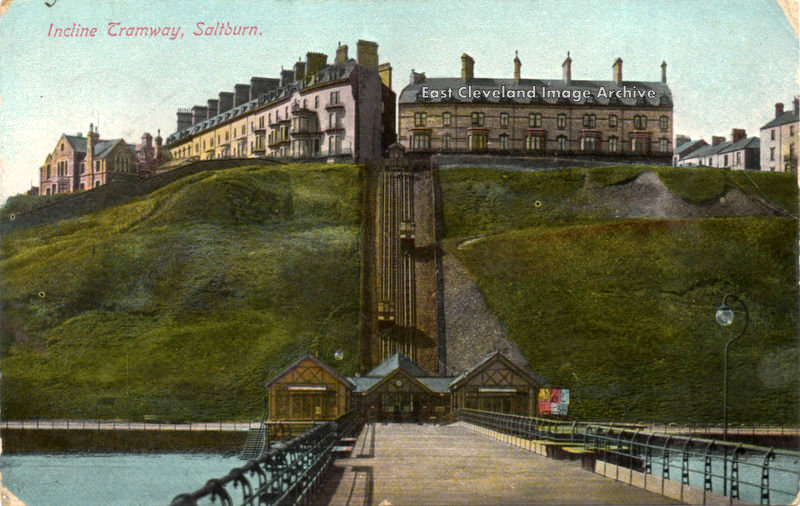
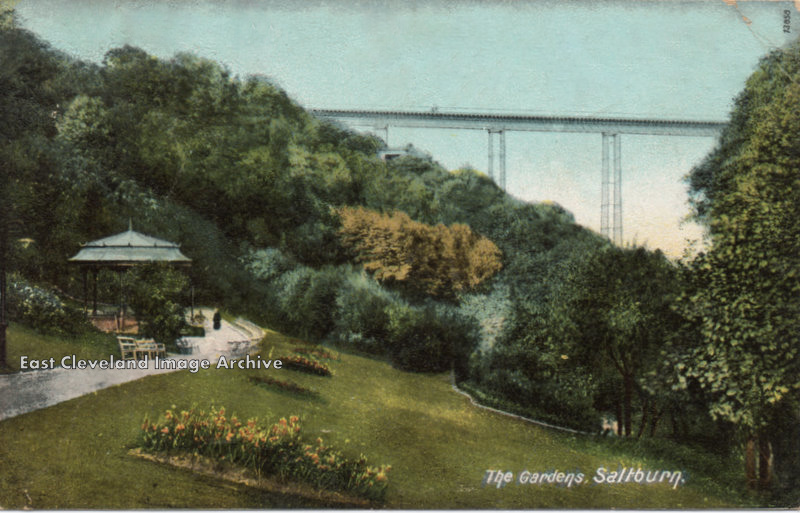
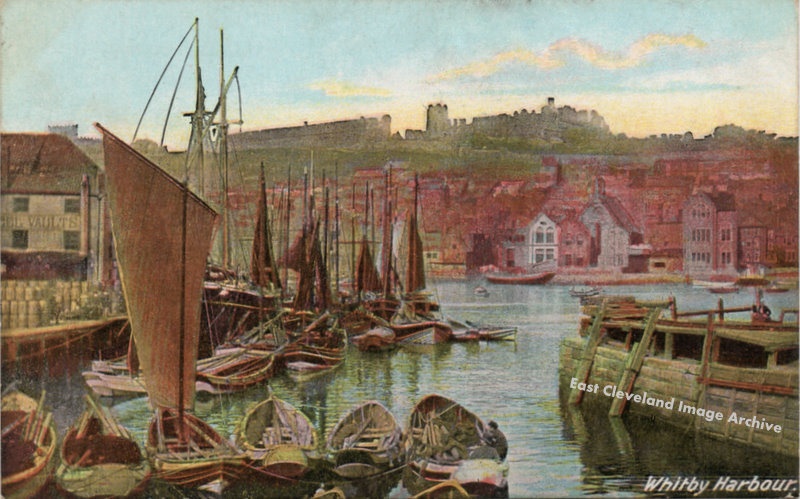
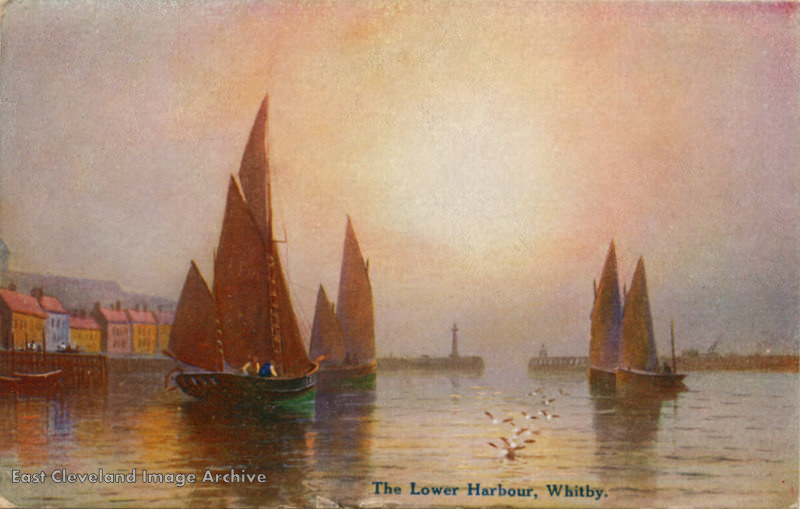
Recent Comments